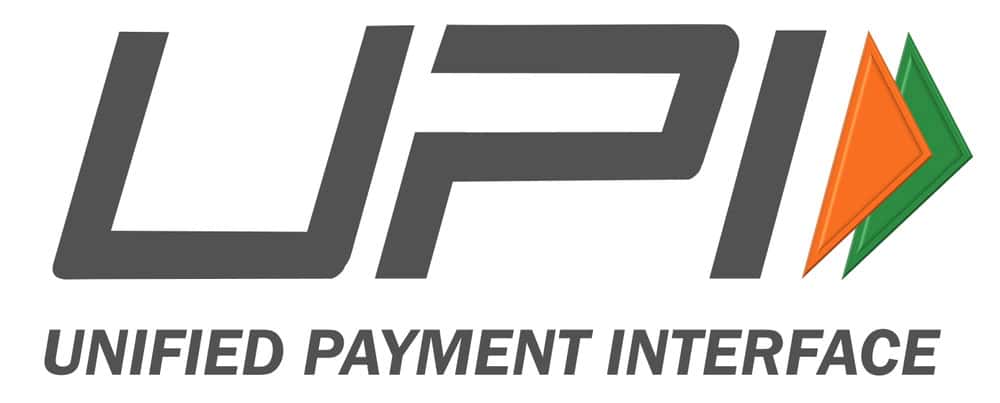In the rapidly evolving landscape of digital payments in India, two acronyms frequently surface in discussions: UPI (Unified Payments Interface) and BHIM (Bharat Interface for Money). Both are pivotal in India’s push toward a cashless economy, yet they serve slightly different purposes and are designed for different use cases. This article delves into the key differences between UPI and BHIM, shedding light on their functionalities, benefits, and specific use cases.
Understanding UPI and BHIM
Before diving into the differences, it’s essential to understand what UPI and BHIM are.
- Unified Payments Interface (UPI): UPI is a real-time payment system developed by the National Payments Corporation of India (NPCI). It allows users to link multiple bank accounts to a single mobile application and facilitates instant money transfers between bank accounts. UPI is interoperable, meaning users can send or receive money regardless of the bank or mobile app they use, as long as it supports UPI.
- Bharat Interface for Money (BHIM): BHIM is a mobile payment application also developed by NPCI. It is essentially a UPI-based app designed to facilitate UPI transactions in a user-friendly and straightforward manner. BHIM is aimed at providing a simplified UPI experience, especially for users who may not be technologically savvy.
Key Differences Between UPI and BHIM
- Nature and Scope:
- UPI: UPI is a payment protocol or infrastructure that serves as the backbone for digital transactions across various applications. It enables money transfers, bill payments, and merchant payments. Multiple banking apps and third-party applications, such as Google Pay, PhonePe, and Paytm, use UPI to process payments.
- BHIM: BHIM, on the other hand, is a specific mobile application built on the UPI platform. It is designed as a simple, government-promoted app to help users make UPI transactions. While BHIM uses UPI, it is just one of many apps that utilize this platform.
- User Interface and Experience:
- UPI: The user interface and experience vary widely depending on the application implementing UPI. Each banking app or third-party app offers unique features, additional services, and customization, which can affect the user experience.
- BHIM: BHIM is known for its minimalistic and straightforward interface. It is designed to be user-friendly, especially for individuals who may find other apps too complex or feature-rich. The simplicity of BHIM is its strength, catering to a broad demographic, including those less familiar with digital technology.
- Functionality and Features:
- UPI: As a protocol, UPI supports a wide range of functionalities, including linking multiple bank accounts, setting up automatic payments, and integrating with other financial services. Apps like Google Pay or PhonePe offer additional features like cashback offers, bill splitting, and integration with other services like loans or investments.
- BHIM: BHIM focuses on essential UPI features. It allows users to send and receive money, pay bills, and check account balances. BHIM doesn’t offer the extensive features or promotional offers that third-party apps might, but it excels in its core purpose: facilitating simple and secure UPI transactions.
- Security:
- UPI: Security on UPI depends largely on the application using it. While the underlying UPI system is secure, the security features like biometric authentication, app lock, and transaction limits can vary by app.
- BHIM: BHIM emphasizes security through a mandatory passcode to access the app and UPI PIN for transactions. It follows all UPI security protocols but doesn’t offer the advanced security features some third-party apps might provide.
- Adoption and Reach:
- UPI: UPI’s adoption is extensive, given its integration into numerous apps across different platforms. It has become the backbone of digital transactions in India, with millions of users conducting transactions daily through various UPI-enabled apps.
- BHIM: BHIM has widespread reach, particularly in promoting digital transactions among first-time users. However, its adoption is generally lower than other UPI apps, which offer more features and incentives.
Use Cases for UPI and BHIM
- UPI:
- Daily Transactions: UPI is ideal for users who frequently make digital transactions, whether for shopping, bill payments, or peer-to-peer transfers. The flexibility of UPI across multiple apps makes it suitable for a broad range of financial activities.
- Business Payments: UPI is increasingly being adopted by businesses for receiving payments, given its interoperability and the convenience of QR code-based payments.
- Advanced Financial Services: For users interested in additional financial services like investment, insurance, or loans, UPI-based apps like Paytm or PhonePe are more suitable as they offer integrated services.
- BHIM:
- New Users to Digital Payments: BHIM is perfect for individuals who are new to digital payments and require a straightforward, no-frills app. Its simplicity and focus on essential features make it accessible to users across age groups.
- Secure Government-Endorsed Transactions: For users who prefer using a government-promoted app due to trust and security concerns, BHIM is a reliable option.
- Rural and Less Tech-Savvy Populations: BHIM is often promoted in rural areas and among populations less familiar with complex apps, given its ease of use and minimal data requirements.
Also Read: UPI : Full Form, ID & Its Benefits
Conclusion
UPI and BHIM are both crucial components of India’s digital payment ecosystem, each serving different purposes. UPI, as a platform, offers vast flexibility and is embedded into various apps, making it ideal for diverse financial activities. BHIM, while simpler, is a powerful tool for users seeking a straightforward and secure way to engage in digital transactions. Understanding these differences can help users choose the right tool for their needs, whether they’re seasoned digital payment users or just beginning their journey into the cashless economy.

